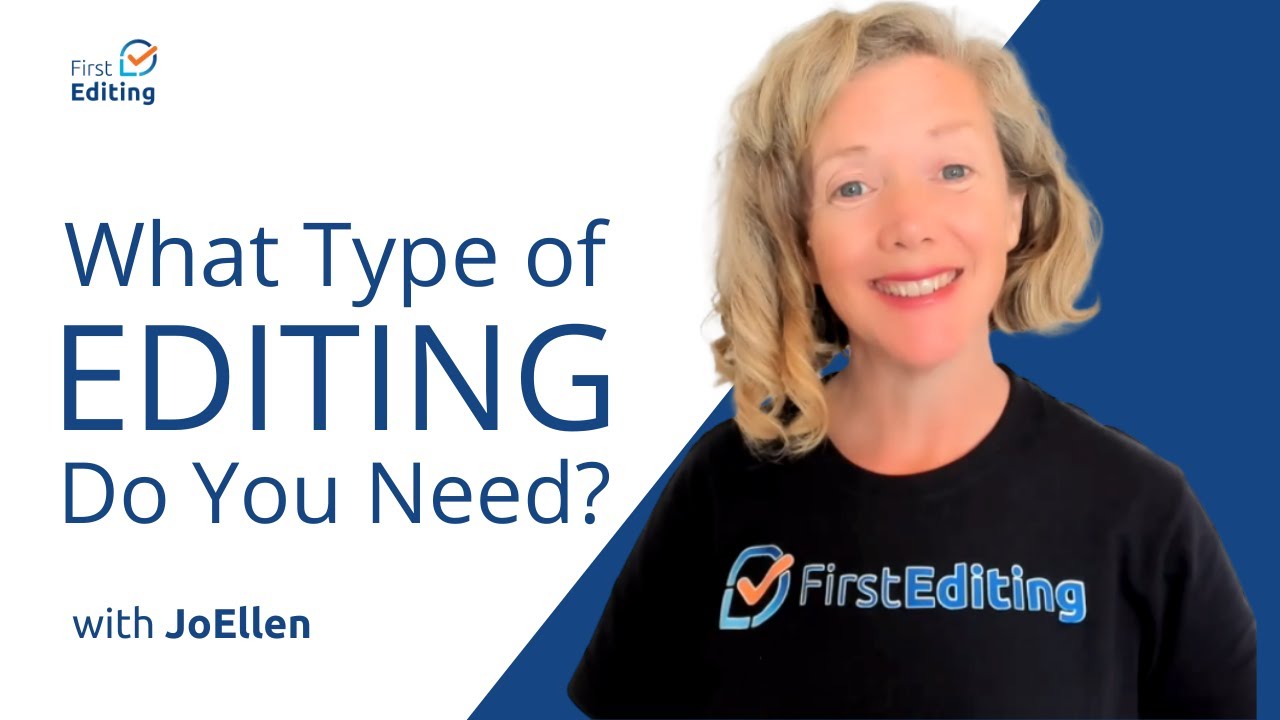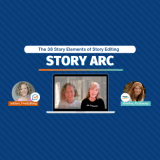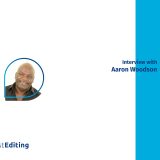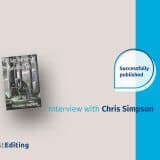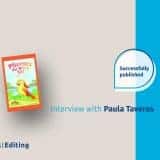
Correct use of commas can be very confusing and, in some cases, may depend on the chosen style guide of your work. Punctuation has many rules, but there are a few errors that most of us make on a regular basis. To help clarify some of the more common errors, below are the five most common comma mistakes and how to avoid them.
Number 5: Commas when connected to that or which. When using a qualifying clause in a sentence, two questions arise: a) do I use that or which? And b) do I need a comma? Consider the following sentence: I am studying molecular biology at the college, which is very prestigious. Now look at this one: I am studying molecular biology at the college that is very prestigious. In the first sentence, the comma makes it clear you are describing your study of biology as prestigious. However, in the second sentence, the lack of comma indicates that the college is prestigious. A good rule of thumb is that commas go in front of which but not that.
Number 4: A comma outside quotation marks. When using quotation marks, whether single quotes or double quotes, commas should always be inside the quotes in American English (many British English authors ask for American-style punctuation nowadays): “I don’t feel very well,” said Maxine. This rule also applies to all other end punctuation.
Number 3: Commas in dates. A complete date (consisting of a month, day, and year) requires a comma after the day and after the year. She left the bank in Paris on July 1, 2008, for a job in Teller, Alaska. Remember: If there’s a comma before the year, put a comma after the year. If you’re writing just a month and year (without a day), don’t separate them with a comma, and don’t include a comma after the year. Her daughter April may return in June 2009 for the reunion.
Comma Mistakes and How to Fix Them
Number 2: Oxford comma use or disuse. Almost all formats used in the US require the use of the Oxford (serial) comma, which is placing a comma after all items in a list: I am going to the store to purchase milk, eggs, butter, and flour. However, AP style is the notable exception to this rule. The Associated Press (AP) and all those who adhere to their style guide do not use the Oxford comma: I am going to the store to purchase milk, eggs, butter and flour. Know which method you should be using before beginning your written work.
Number 1: Using a comma instead of a colon or semicolon. Many times, writers will use commas interchangeably with colons and semicolons, which can confuse your reader. To avoid this issue, remember to use colons before lists. Use semicolons only if both clauses can stand as complete sentences. Correct: My father is attending my sister’s dance class; she’s in the second grade. Incorrect: My father is attending my sister’s dance class, she’s in the second grade.
However, word processing software has come a long way. It is a great tool for checking grammar, but as most of us have found the hard way, it doesn’t catch everything. Learning the rules of punctuation can help you avoid the embarrassing situation of an error that spell-check missed. Having a firm grasp on comma usage will aid your writing and help your readers understand your intent in every sentence, making sure they come away with the conclusions you want them to.
Originally posted 8/13/2015 and happily updated 10/27/2017. Thanks for reading!




